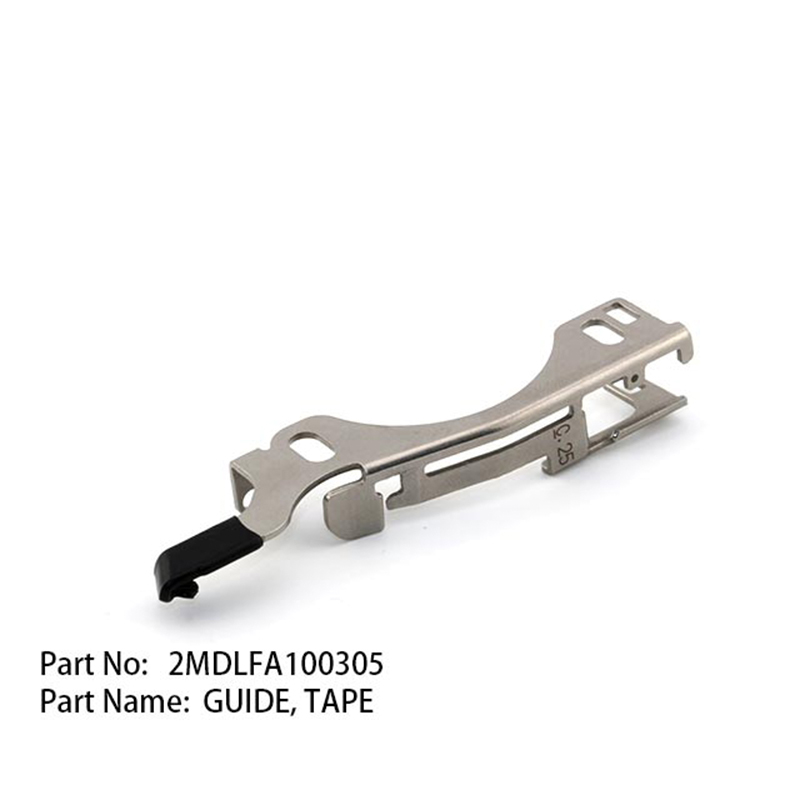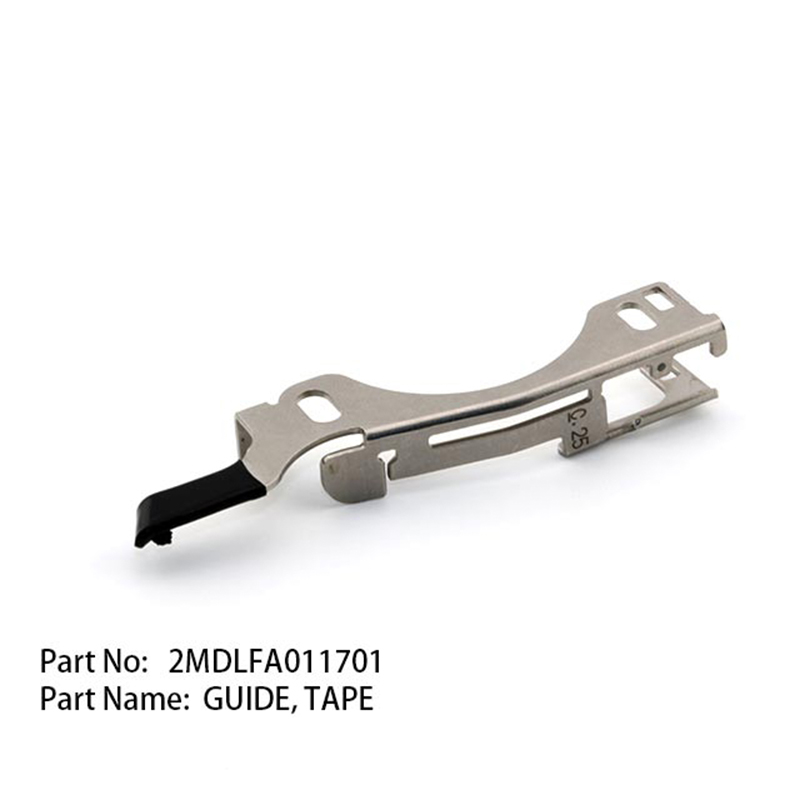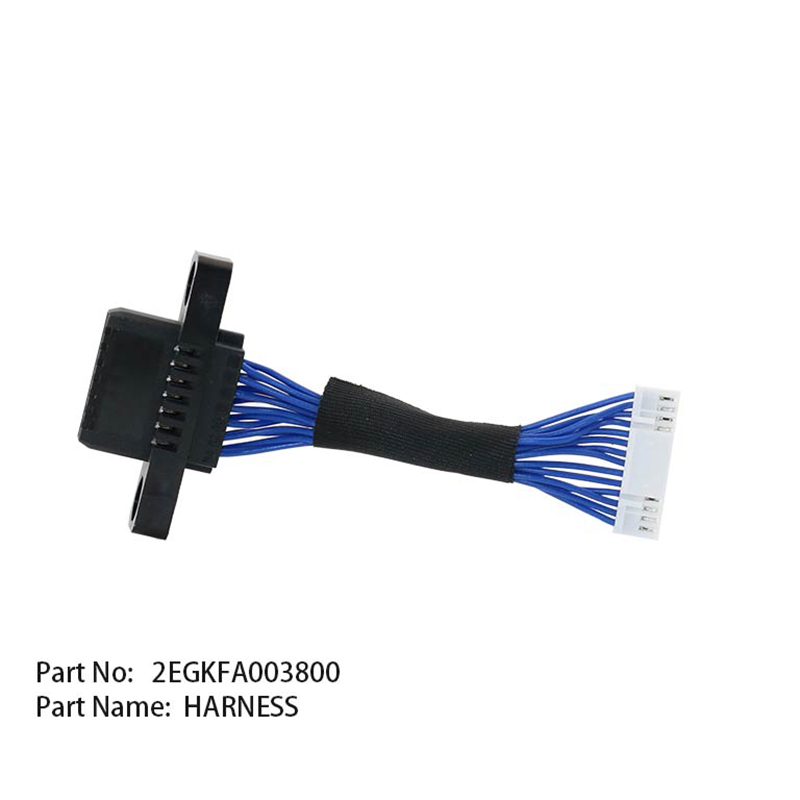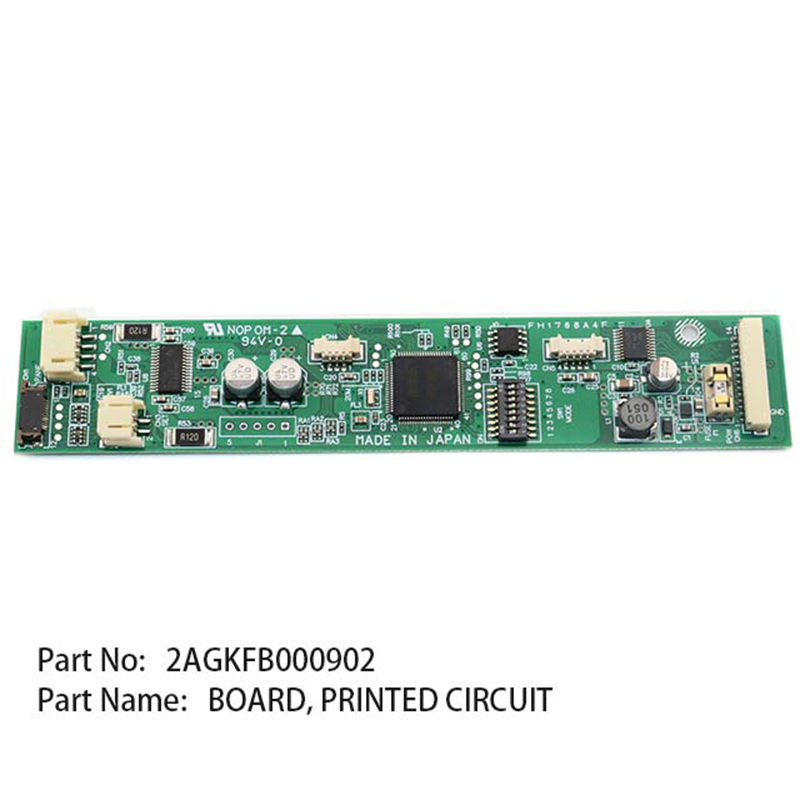How can the design of the material guide mechanism of SMT feeders reduce the material jamming failure rate?
Release Time : 2025-09-25
The design of the web guide mechanism in SMT feeders plays a crucial role in reducing material jamming. Its core lies in ensuring a stable web trajectory during high-speed movement through a precise mechanical structure and dynamic adjustment mechanism, preventing jams caused by deviation, deformation, or sudden changes in resistance. The web guide mechanism must form a closed-loop control system with the SMT feeder's drive system and sensor network. Through real-time monitoring and adaptive adjustments, potential risks during web transport are eliminated.
The positioning accuracy of the guide mechanism directly impacts the reliability of the web-to-nozzle connection. High-precision guide mechanisms typically utilize a symmetrical dual-rail layout, with the rail spacing strictly matched to the web width and tolerances controlled to within micron levels. This design prevents lateral web drift during high-speed movement and ensures precise alignment of each component hole with the nozzle center. Some high-end models also incorporate a floating guide mechanism, which automatically compensates for web thickness fluctuations through spring preload to prevent jams caused by web deformation.
The surface treatment of the guide surface significantly affects web transport resistance. High-quality guide mechanisms are treated with diamond coating or diamond-like carbon film, achieving a surface roughness of less than Ra0.1μm, significantly reducing the coefficient of friction between the web and the guide surface. Furthermore, the guide surface should be designed with appropriate chamfers and rounded transitions to avoid stress concentrations at the web edges during passage. For example, a 15°-20° involute chamfer at the entrance guides smoothly guides the web into the guide channel, reducing initial impact.
A dynamic tension control system is key to preventing web slack or over-tension. Modern guide mechanisms integrate high-precision tension sensors that monitor web tension in real time and automatically adjust the feed speed via a servo motor. When tension drops, the system immediately increases the drive torque; if tension is too high, a buffer device relieves excess stress. This dynamic balancing mechanism ensures that the web is always at optimal tension, preventing wrinkles or breakage caused by tension fluctuations.
The modular design of the guide mechanism improves maintenance efficiency and compatibility. By designing the guide components as quick-change, independent modules, operators can clean or replace the guide rails in minutes, significantly reducing downtime. Furthermore, the modular design supports rapid switching between various strip sizes. The guide track width can be adjusted manually or electrically to accommodate the feeding needs of components of varying sizes.
Intelligent visual assistance systems further enhance guiding accuracy. Some high-end SMT feeders integrate high-speed cameras above the guide mechanism to capture the strip's trajectory in real time and analyze deviations using image processing algorithms. If the system detects that the strip deviates from the set path, it immediately adjusts the guide track position or drive parameters to ensure that the strip remains on track. This closed-loop control mechanism effectively eliminates mechanical error accumulation and reduces the rate of material jams.
The material choice of the guide mechanism directly impacts its durability and reliability. High-quality guides are constructed from high-strength aluminum alloy or stainless steel. After precision machining and heat treatment, their surface hardness can reach over HRC50, enabling them to withstand long-term high-speed friction without deformation. Furthermore, key components such as guide rollers utilize self-lubricating bearings to reduce the risk of lubricant contamination and prevent the strip from slipping or jamming due to oil absorption.
Environmentally adaptable design is crucial for the stable operation of the guide mechanism. Guide mechanisms must be dust-proof, anti-static, and vibration-resistant for different production environments. For example, ionizing wind rods installed at the entrance of the guide track can eliminate static electricity on the material strip surface, preventing blockage caused by statically attracted dust. A combination of rubber shock-absorbing pads and rigid brackets can isolate the impact of equipment vibration on guide accuracy, ensuring stable material transmission.







